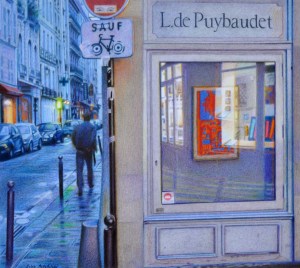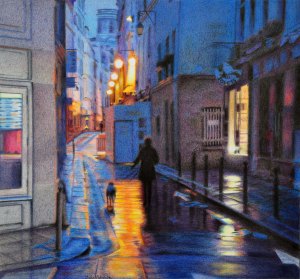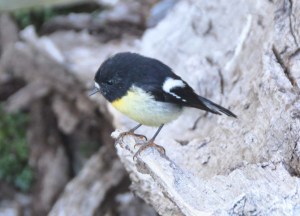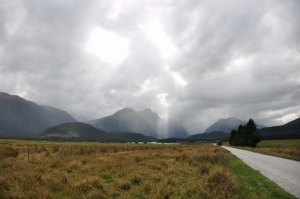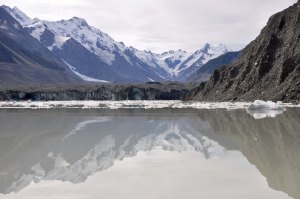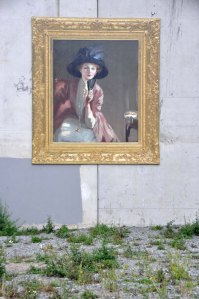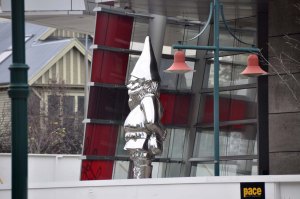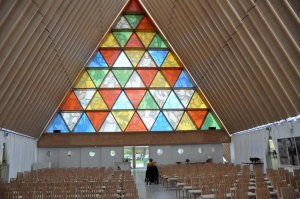The baby we had to have
I’ve told this story many times but in case you missed it, here it is again. In early 1993 I was happily married with two daughters when out of the blue Matthew (husband) announced that he wanted another child. This was quite a shock but after several weeks of thinking about it, I decided to rise to the challenge. Have I already said that Matthew is one of thirteen children? No wonder he wanted a third.
Lucy was born on 30th April 1994. Today she is 20! It has occurred to me during the past few hours that it is also 20 years since I put down my paint brushes and picked up coloured pencils – and it is all thanks to Lucy.
Any new mother who is also an artist knows that it is extremely hard to do one’s art with a new baby. I was working in oils back then. I thought I’d be able to paint when Lucy had her naps. The reality was anything but. Once I thought she was asleep I would go to my studio and start to mix colours. But…oh no…a sound from the nursery. And now that sound is turning into crying. Ahhh!! And so it went. I thought I might go mad.
I had a light-bulb moment. Try coloured pencils. I had used them briefly at art school; why not try them again? Matthew thought it was a good idea. I took myself off to the local art shop and bought a 72 box set of Derwents and a 36 set of Stabilo Softcolor pencils…and some paper. I didn’t know what it would be like working in pencils but it had to be more convenient than oils. And no matter what it would be like, at least I’d be doing art.
I also kept a pair of earplugs at my art desk so that I didn’t hear the small sounds that a baby makes when she is going off to sleep. I was so nervous of those tiny sounds. If I didn’t have the earplugs in I wouldn’t be able to relax enough to draw. After an hour or so I’d take my earplugs out though I’d still hope she wouldn’t wake for another hour. As long as I could keep doing my bit of art once each day I could nearly cope with what it took to be a mother-of-a-baby all over again.
For the first few years of using coloured pencils I didn’t draw from my own photos. Instead I bought all sorts of magazines, cut up the photos and made collages from them. Then I would draw using the collage as source material. This is mainly because I didn’t have the opportunity to go out to take photos – and – consumed with baby I didn’t even have photo-taking ideas of my own. Much easier to find images from magazines and compose from them. I could do my composing in quiet moments or at night.
Lucy doesn’t mind at all that she is ‘the baby we had to have’. She knows the story. If it wasn’t for her I might never have stopped painting in oils. I’m very glad I did though. I much prefer pencils to oils. And as to Lucy…she is the only daughter still living at home and … she’s OKAY! As Wallace said to Gromit, Lucy is “a valuable addition to our modern lifestyle”.
Return to Contents of Posts page









